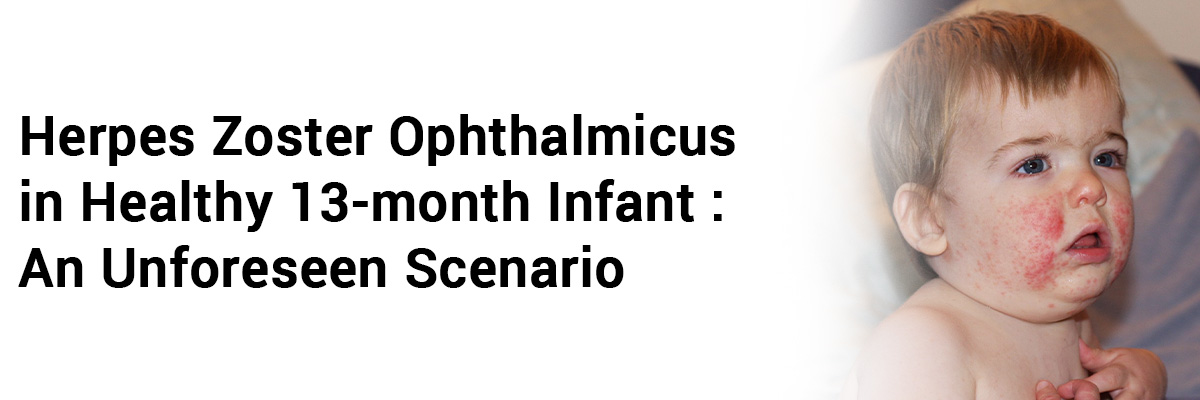
 IJCP Editorial Team
IJCP Editorial Team
Herpes Zoster Ophthalmicus in Healthy 13-month Infant: An Unforeseen Scenario
ABSTRACT
Herpes zoster (HZ) as well as varicella are caused by varicella-zoster virus. It is uncommon in children. Cases have been reported in literature among all ages from neonate to old age. We report this case of HZ ophthalmicus in a healthy child born to healthy mother with a history of varicella infection in the third trimester (7th month of gestation). Early diagnosis and treatment reduce complications. Preconceptional varicella-zoster vaccine is also a matter of concern.
Keywords: Herpes zoster ophthalmicus, infant, varicella-zoster vaccine, varicella-zoster
INTRODUCTION
Herpes zoster (HZ) and varicella are caused by the same virus, i.e., varicella-zoster virus.1 Cases have been reported in medical literature from neonates to old age, but it is rare in immunocompetent children. Overall incidence of HZ is 3.4/1,000 people, whereas in children in the age group of 0-9 years and 10-19 years it is 0.74 and 1.38, respectively.2 Herpes zoster ophthalmicus (HZO) is caused by varicella-zoster virus 3, i.e., human herpes virus.3
Presented here is the case of a 13-month-old baby with HZO.
CASE REPORT
A 13-month-old, 7.5 kg, female child, born full-term, normal vaginal delivery, was brought with vesicular eruptions over right side of forehead, erythema and swelling over right upper eyelid since 4 days. It was accompanied with photophobia and watery discharge from the right eye. Cutaneous examination revealed multiple, tense, grouped vesicular lesions with erosions and yellow crust on erythematous base present over scalp, forehead extending to right periorbital region, nasal bridge and tip of nose, suggesting involvement of nasociliary branch of the ophthalmic division of right trigeminal nerve, thus positive Hutchinson’s sign. There was marked erythema and swelling of the right upper eyelid with difficulty in opening of right eye.
On ophthalmic consultation, tobramycin eye drop twice and lubricating eye drop four times a day were started. Visual acuity was difficult to assess. Left eye was normal. There was no past history of varicella in the infant and neither was she vaccinated for varicella. Her mother had developed varicella infection during 7th month of gestation and was treated with tablet acyclovir five times a day for 7 days with other symptomatic drugs. Systemic examination and developmental milestones of the child were assessed by pediatrician and were normal. Child was irritable and so, was admitted. Treatment with injection acyclovir 75 mg intravenously three times a day for 7 days was initiated. Antibiotics were started to combat secondary bacterial superinfection. Topical mupirocin ointment and acyclovir eye drops were also added. Giemsa stained Tzanck smear showed presence of multinucleated giant cells, an epithelial cell containing numerous nuclei (Fig. 2A). Papanicolaou stained smear from scraping showed presence of acantholytic cells (Fig. 2B). Parents and child were also screened for human immunodeficiency virus (HIV) and both of them along with child came nonreactive for both HIV type I and II. Symptoms subsided remarkably within 1 week of treatment (Fig. 3). Right eye showed hyperemic conjunctiva with no other signs of ocular involvement.
DISCUSSION
Herpes virus is a neurotropic virus.3 HZ occurs more commonly in elderly patients but is rare in childhood.4 It has milder course with less residual damage in children than adults.5 Varicella-zoster virus is responsible for both varicella and HZ.1 Once a person suffers from varicella infection, the virus remains dormant in dorsal ganglion of spinal nerve root of spinal cord.2 As immunity decreases, these virus reactivate to produce HZ.2 If mother suffers from varicella infection in second-half of pregnancy, then there are higher chances of the child suffering from HZ in 1st year of life.6 Similar observation was seen in our case. Infantile HZ is due to intrauterine infection of varicella-zoster virus than postnatal.6 Generally HZ occurs in children with immunodeficiency like malignancy or HIV infection, but it can also occur in immunocompetent individuals.5 HZ affects eye in 10-20% cases.4
Hutchinson’s sign is presence of vesicles on tip/side of nose which indicate involvement of nasociliary nerve of ophthalmic division of trigeminal nerve.7 If Hutchinson’s sign is positive, it means sight-threatening ocular changes can occur.8 In our case, there was involvement of tip of nose.
In our case, there was history of maternal infection of varicella at the 28th week of gestation. Maternal varicella before 28 weeks of gestation increases chances of congenital varicella syndrome (CVS) in newborn and risk is negligible after 28 weeks of gestation. CVS includes multiple developmental defects like microcephaly, hydrocephaly, aplasia of brain, limb hypoplasia, Horner’s syndrome, etc. In our case, mother suffered from varicella at 28 weeks of gestation; hence newborn did not suffer from CVS.
In our case, fetus was exposed to varicella in third trimester in intrauterine life but child developed HZO without developing clinical symptoms of varicella due to the presence of maternal antibody. This is similar to case reported by Van Aelst et al in a 2.5-year-old child.9
Varicella vaccine is live attenuated vaccine; so contraindicated in pregnancy and immunocompromised patients, but it can be given prior to conception.10 Two doses are given 1 month apart. In our case, the mother had no history of varicella in past and there are no studies in literature where such cases are to be vaccinated with varicella vaccine before planning for pregnancy.
CONCLUSION
There are only few published reports on HZ ophthalmicus in immunocompetent children in Indian literature. We are reporting this case as rare pediatric case of HZO in an immunocompetent infant. This case report demonstrates that HZ ophthalmicus can occur in an immunocompetent child with a history of varicella infection to mother during late gestational months. Early diagnosis and treatment decrease fatal complications. Also, preconception vaccination of females not exposed to varicella-zoster virus in past is a matter of concern.
REFERENCES
- Weller TH. Serial propagation in vitro of agents producing inclusion bodies derived from varicella and herpes zoster. Proc Soc Exp Biol Med. 1953;83(2):340-6.
- Hope-Simpson RE. The nature of herpes zoster: a long-term study and a new hypothesis. Proc R Soc Med. 1965;58(1):9-20.
- Savage MO, Moosa A, Gordon RR. Maternal varicella infection as a cause of fetal malformations. Lancet. 1973;1(7799):352-4.
- Ragozzino MW, Melton LJ 3rd, Kurland LT, Chu CP, Perry HO. Population-based study of herpes zoster and its sequelae. Medicine (Baltimore). 1982;61(5):310-6.
- Liesegang TJ. Herpes zoster ophthalmicus natural history, risk factors, clinical presentation, and morbidity. Ophthalmology. 2008;115(2 Suppl):S3-12.
- Enders G, Miller E, Cradock-Watson J, Bolley I, Ridehalgh M. Consequences of varicella and herpes zoster in pregnancy: prospective study of 1739 cases. Lancet. 1994;343(8912):1548-51.
- Frary J, Petersen PT, Pareek M. Hutchinson’s sign of ophthalmic zoster. Clin Case Rep. 2019;8(1):219-20.
- Zaal MJ, Völker-Dieben HJ, D’Amaro J. Prognostic value of Hutchinson’s sign in acute herpes zoster ophthalmicus. Graefes Arch Clin Exp Ophthalmol. 2003;241(3):187-91.
- Van Aelst S, Winters L, Janssen K, Laffut W, Thibaut K. A healthy 2.5-year-old boy with herpes zoster ophthalmicus as primary presentation. J Pediatric Infect Dis Soc. 2015;4(4):e160-2.
- Centers for Disease Control and Prevention. Morbidity and Mortality Weekly Report Prevention of Varicella Recommendations of the Advisory Committee on Immunization Practices (ACIP). Morb Mortal Wkly Rep Recomm. 2007;56(4):7.

IJCP Editorial Team
Comprising seasoned professionals and experts from the medical field, the IJCP editorial team is dedicated to delivering timely and accurate content and thriving to provide attention-grabbing information for the readers. What sets them apart are their diverse expertise, spanning academia, research, and clinical practice, and their dedication to upholding the highest standards of quality and integrity. With a wealth of experience and a commitment to excellence, the IJCP editorial team strives to provide valuable perspectives, the latest trends, and in-depth analyses across various medical domains, all in a way that keeps you interested and engaged.

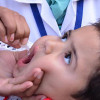
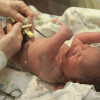
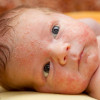





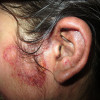

Please login to comment on this article